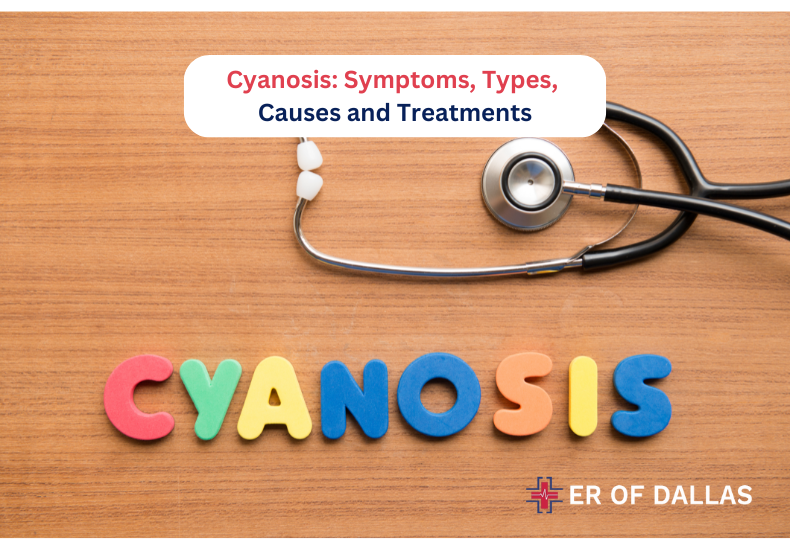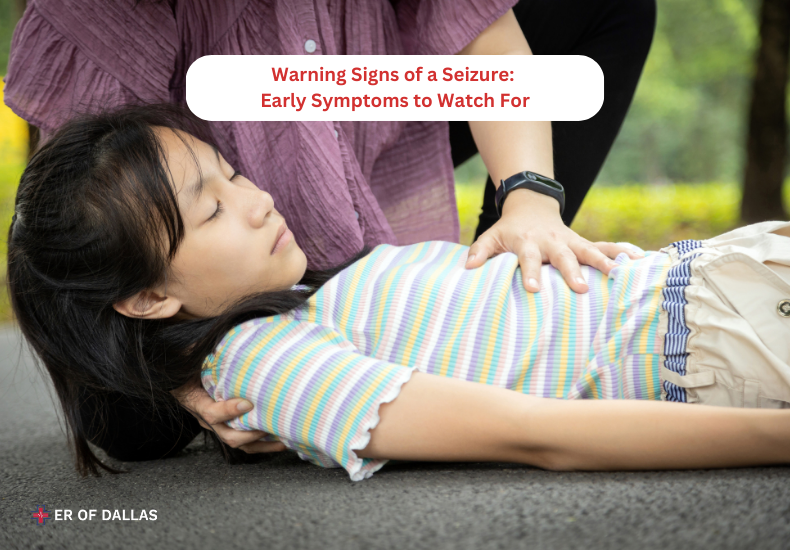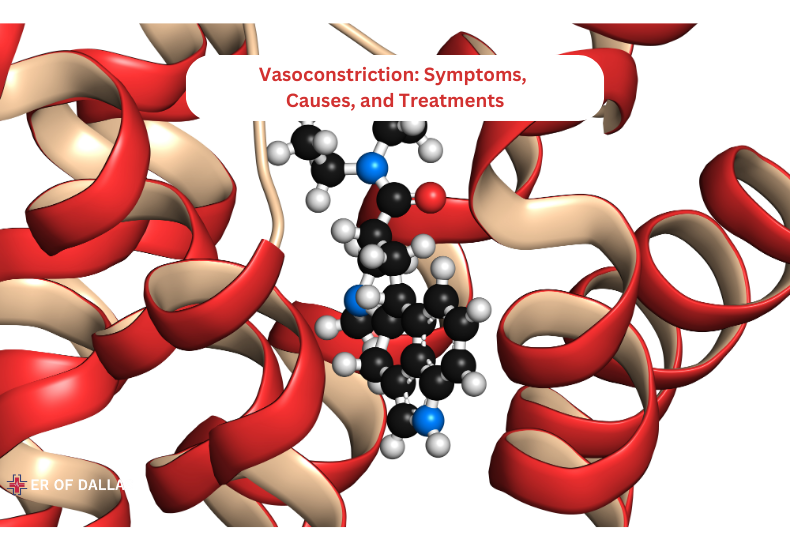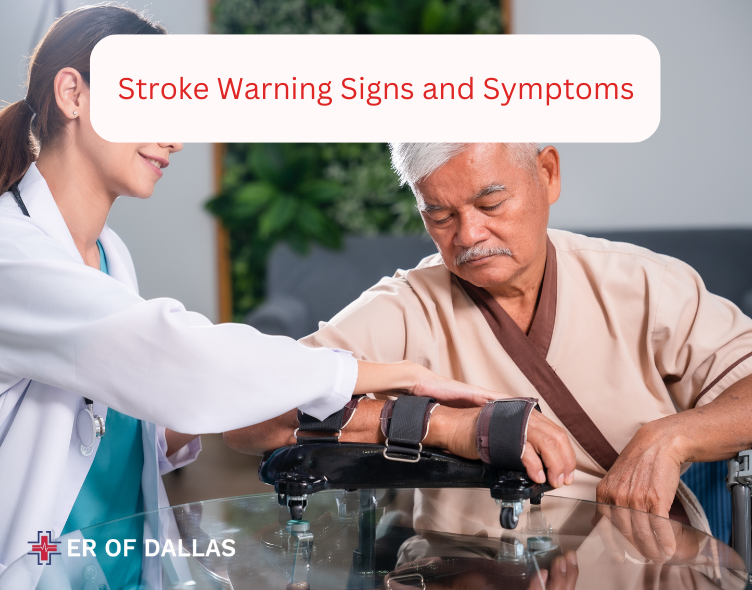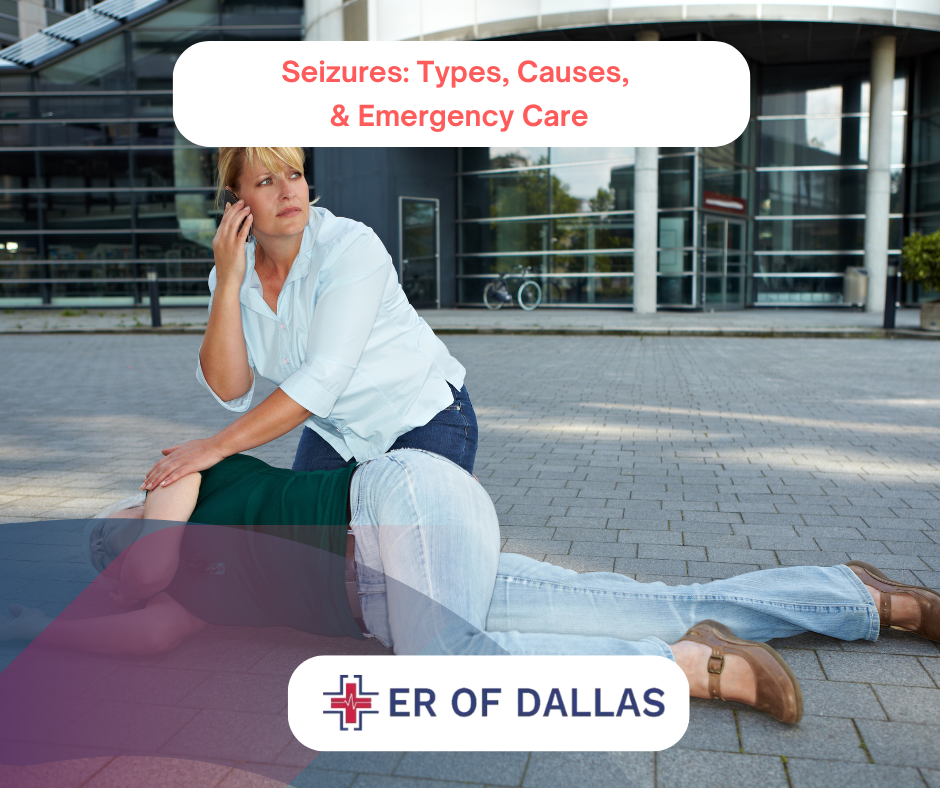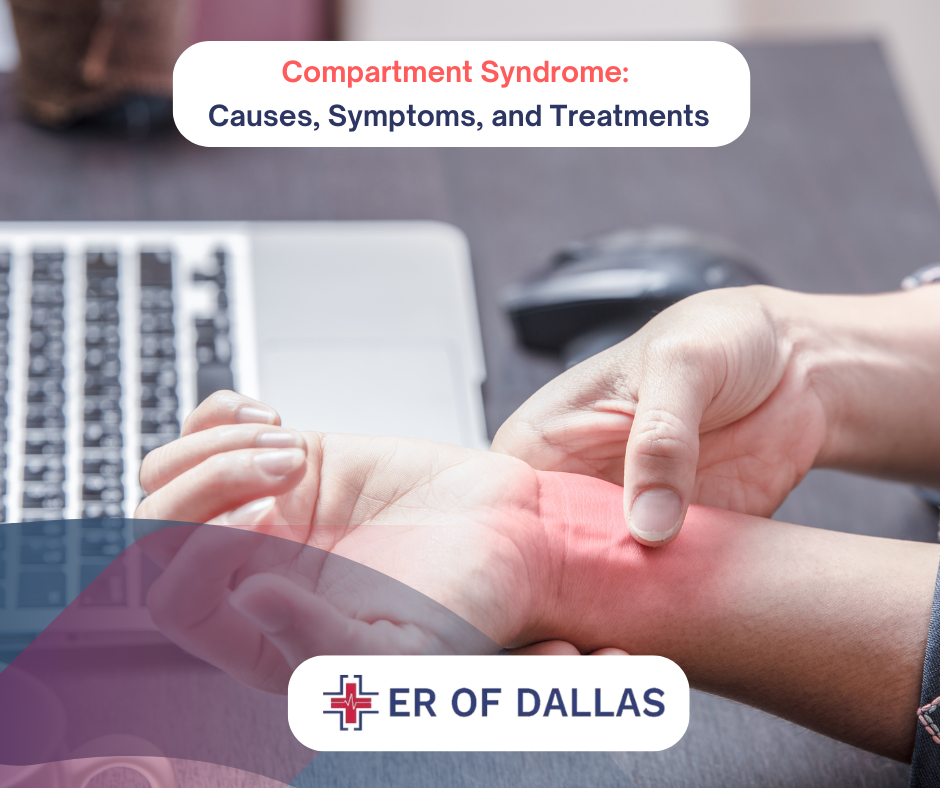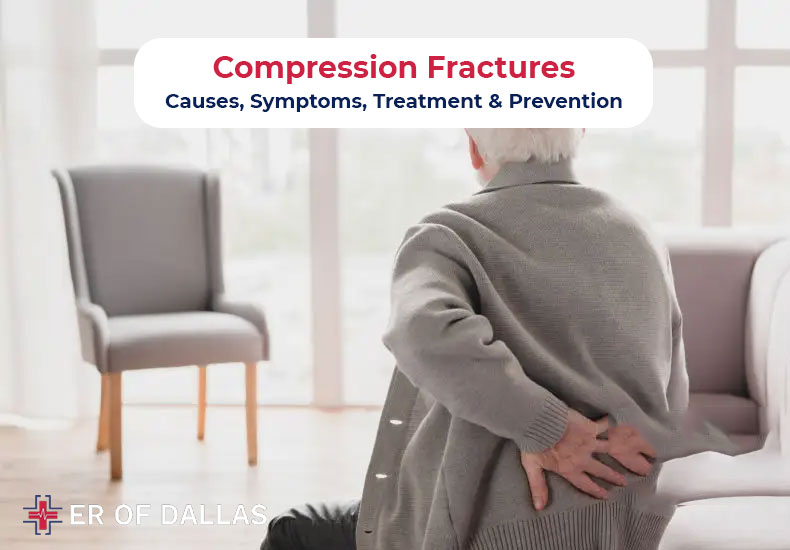As a parent, knowing common pediatric situations can help you respond timely and effectively when your child needs you most. But children aren’t just small adults. Their bodies react differently and the signs of serious illness can be subtle.
What should you do if your toddler is having trouble breathing? How can you tell if a fever needs medical attention? What’re the signs of dehydration in children?
This article covers six common pediatric emergencies you should be aware of. We’ll walk you through the warning signs, steps you can take at home, and when it’s time to rush to the ER.
Respiratory Distress
Respiratory distress in children is a concerning symptom, often signaling an underlying medical condition requiring immediate attention. Various factors can cause respiratory distress in children, including infections, chronic conditions, and airway obstructions.
Respiratory infections, whether viral or bacterial, can lead to airway inflammation and narrowing, making breathing difficult. In children with asthma, attacks can trigger wheezing and breathing difficulties.
Allergic reactions, particularly severe ones like anaphylaxis, can cause rapid swelling of the airways. This swelling can lead to respiratory distress and potentially life-threatening outcomes, if not addressed promptly. Additionally, inhalation of foreign objects can obstruct the airway and cause choking, which requires immediate attention from a pediatric specialist.
When to Seek Help:
- Labored breathing of difficulty catching breath
- Blue or gray coloring of lips, tongue, or face (Cyanosis)
- Unresponsiveness or extreme lethargy
- No improvement with prescribed asthma medication
- Choking or inability to breathe
Circulatory Shock
Pediatric circulation differs from adult circulation due to children’s smaller blood volumes and faster heart rates. This makes recognizing shock in pediatric patients challenging.
Children are more likely to maintain normal blood pressure in the early stages of shock by relying on increased heart rate and constricting peripheral blood vessels. Therefore, blood pressure alone may not be a reliable indication of shock in children.
More reliable signs of shock in children include altered mental status, tachycardia, delayed capillary refill, cool extremities, and poor perfusion.
When to Seek Help:
- Altered mental status or unusually lethargy
- Rapid heart rate not slowing with rest
- Cool extremities with delayed capillary refill
- Pale or mottled skin appearance
- Poor perfusion or weak pulses
Seizures
A seizure is a sudden, uncontrolled electrical disturbance in the brain. It can cause temporary changes in behavior, movements, feelings, and consciousness.
Seizures in pediatric patients manifest in various ways. Generalized tonic-clonic seizures involve a loss of consciousness and muscle rigidity (tonic phase), followed by rhythmic jerking of the limbs (clonic phase).
Absence seizures are brief lapses of awareness, often mistaken for daydreaming. Complex partial seizures involve altered consciousness and unusual behaviors or movements.
When to Seek Help:
- If it is the child’s first seizure
- Seizure lasting longer than 5 minutes
- Breathing difficulties during seizure
- Prolonged unresponsiveness or lethargy after seizure
- Seizure following a head injury
Allergic Reactions
Allergic reactions in children can be triggered by various substances, including foods, insect bites and stings, medications, latex, airborne allergens, chemicals, and environmental factors like dust mites, pollen, and pet dander.
Reactions can range from mild, such as allergic rhinitis, to severe like anaphylaxis, that requires immediate attention. It progresses rapidly, leading to respiratory and cardiovascular collapse if left untreated.
When to Seek Help:
- Signs of anaphylaxis (difficulty breathing, swelling of the face or throat, severe abdominal pain, or loss of consciousness)
- Severe symptoms after exposure to a known allergen
- Mild reaction in a child with a history of severe reactions
Traumatic Injuries
Pediatric traumatic injuries cover a wide range of situations. Falls from heights, furniture, or playground equipment can result in fractures, head injuries, and soft tissue injuries.
Sports activities, especially contact sports, may cause sprains, strains, fractures, and even head injuries. Furthermore, car accidents can lead to various injuries, including head trauma, fractures, and internal injuries.
When to Seek Help:
- Loss of consciousness, even if brief
- Multiple instances of vomiting after injury
- Unusual drowsiness or difficulty waking
- Suspected fracture or severe soft tissue injury
- Signs of severe head injury, such as seizures, severe headache, or bleeding from the nose or ears
Dehydration
Dehydration occurs when a child loses more fluids than they take in. Infants and toddlers are especially vulnerable due to their small size and immature systems. Common causes include diarrhea, vomiting, fever, insufficient fluid intake, and hot weather.
Signs of dehydration in children, especially infants and toddlers, include a dry mouth and lips, infrequent urination, and fewer wet diapers. In infants, the soft spot on the head (fontanelle) appears sunken, and they may cry without producing tears. Dehydrated children can also be fussy, irritable, or lethargic.
When to Seek Help:
- If the child shows signs of severe dehydration, such as very dry mouth, lethargy, or no urine output for several hours.
- If the child cannot keep down fluids due to vomiting or diarrhea.
- If the child has a high fever and is not drinking enough fluids.
- If the infant has a sunken fontanelle or is crying without tears.
Key Takeaway
Recognizing pediatric emergencies and acting swiftly can make a significant difference in your child’s health outcome. Trust your instincts as a caregiver; if you’re ever in doubt about the severity of your child’s symptoms, seek professional medical advice.
Emergencies are stressful for both children and their families. Fear, anxiety, and confusion are common reactions. To ease this burden, consider utilizing our 24-hour pediatric emergency care services instead of waiting for an appointment or attempting home treatment.
Remember, in emergencies, timely and expert care is crucial for your child’s well-being and your peace of mind.
FAQs
What are the acute pediatric emergencies?
Acute pediatric emergencies include severe allergic reactions, asthma or breathing problems, high fevers, seizures, head injuries, and severe dehydration. Immediate medical attention is crucial for these conditions to ensure your child’s safety and well-being.
What is the most common psych emergency in children?
The most frequent mental health issues seen in emergency departments are attention-deficit/hyperactivity disorder and disruptive behavior, followed by anxiety and mood disorders.
What are the most common diagnoses at the pediatric emergency department?
The most common diagnoses at pediatric emergency rooms include respiratory infections, asthma exacerbations, gastrointestinal issues, and injuries from accidents.



